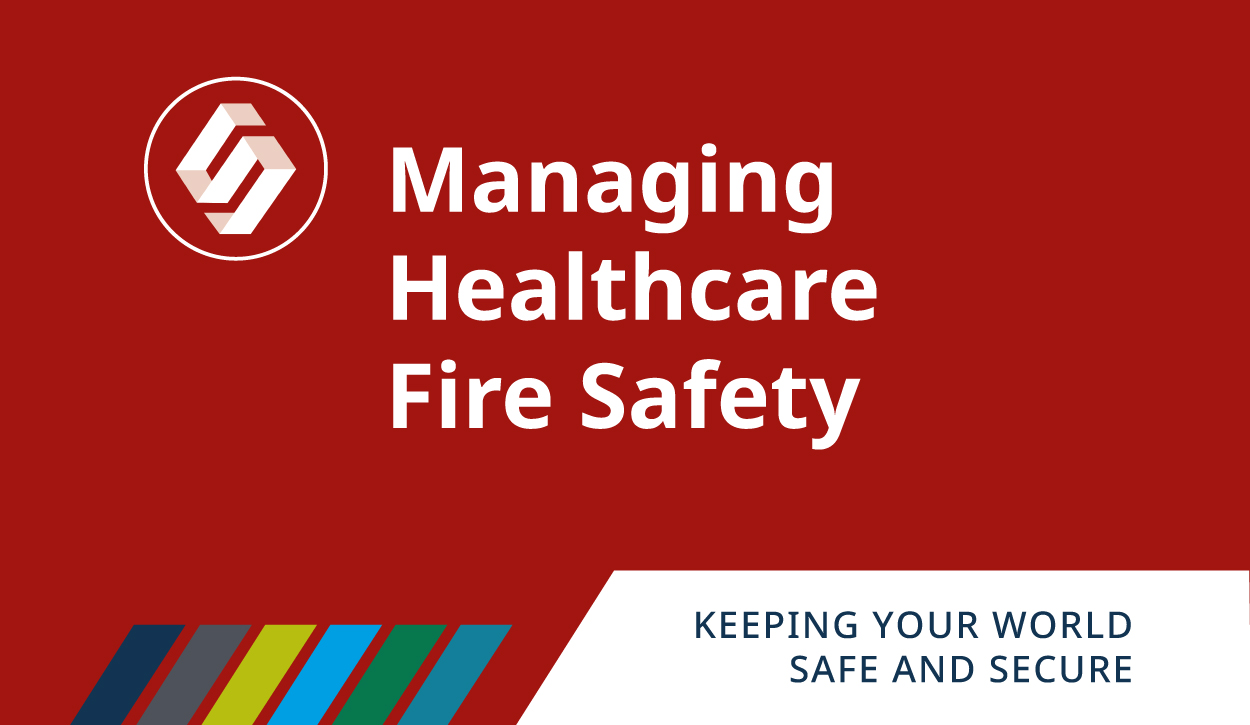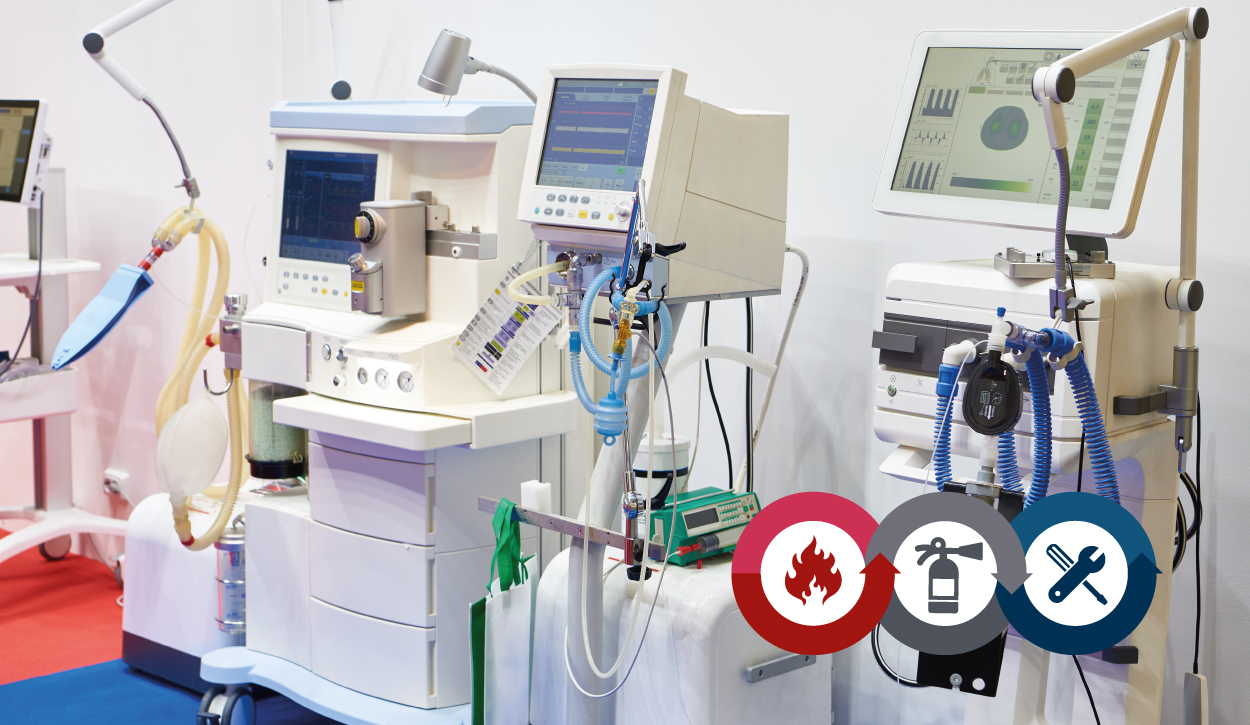Managing Healthcare Fire Safety
Why is fire safety important in the healthcare sector?
Fire safety is an essential part of any healthcare facility. It can be a daunting task for anyone to understand the importance of fire safety in healthcare facilities. The importance is due to the number of potentially vulnerable people at risk on the premises. Whether a hospital, care home, or medical practice of any kind.
With the likelihood of many patients struggling with mobility, evacuation procedures become more complex. Understanding what the common hazards might be in these environments becomes all the more important.
 So, what are the common Healthcare fire hazards.
So, what are the common Healthcare fire hazards.
With the amount of electrical equipment required on-site at many healthcare facilities, the potential for fires breaking out through faulty or heavily overloaded sockets is high.
- Kitchen facilities, can be a constant threat – particularly in the care home environment.
As round-the-clock care is provided for a large number of people and it’s in use at all times. Cooking fats, electrical ovens, hobs, toasters, open flames and more are all potential hazards. - Surprisingly for a healthcare environment,
cigarette smoking is still a common hazard. Despite all smoking now taking place outdoors, any open flame presents a risk. - Less common, but equally dangerous, are fires caused by specialised
medical and surgical equipment. Like laser tools that provide a genuine ignition hazard. While compressed oxygen tanks, surgical clothing and flammable sterilising/disinfecting liquids are perfect fuel tool.
How can you avoid the Healthcare Fire Hazards
As part of your regular fire risk assessments,
- Ensure all electrical equipment is well maintained and checked regularly, with annual PAT testing a necessity.
- Plug sockets are not be overloaded, particularly by energy intensive medical machinery,
- All visibly damaged plugs and cables should be replaced immediately
- In respect to kitchen areas, enforcing regular and thorough cleaning is essential. A build-up of grease and dust in ventilation equipment is a common cause of kitchen fires.
- Get appropriate fire-fighting equipment, such as fire blankets and extinguishers that are suitable for kitchen fires.
- Keeping all smoking areas well away from the main building and clearly signpost.
- Make sure there are no potential fuels in the area. Tidy away refuse, oxygen tanks, and make sure that ash trays are plentiful and emptied regularly.
The sensitive nature of healthcare environments means that fire detection and suppression is of high priority. A fire within a hospital where patients receive vital treatments is a serious threat to life. Evacuation procedures become far more complex when mobility is an issue for many.
Because of this, the removal of fire hazards is even more important. This could result in the need for more regular fire risk assessments.
What
We understand that the process can be disruptive and time-consuming, so we aim to remove the hassle.
Our experienced team can conduct a site assessment and return a full written report with significant findings.
We are a BAFE SP205 Accredited Fire Risk Assessor organisation. As a BAFE Registered & Third Part Accredited, CHAS Accredited Contractor. Our qualified surveyors and engineers are ideal candidates to design, install, audit, repair, service, maintain fire protection systems. Risk Assessments are second nature to us.
If you’d like to discuss Fire Risk Assessments, please call us on 03300 417170, where one of our experienced staff members will be happy to help.


 So, what are the common Healthcare fire hazards.
So, what are the common Healthcare fire hazards.